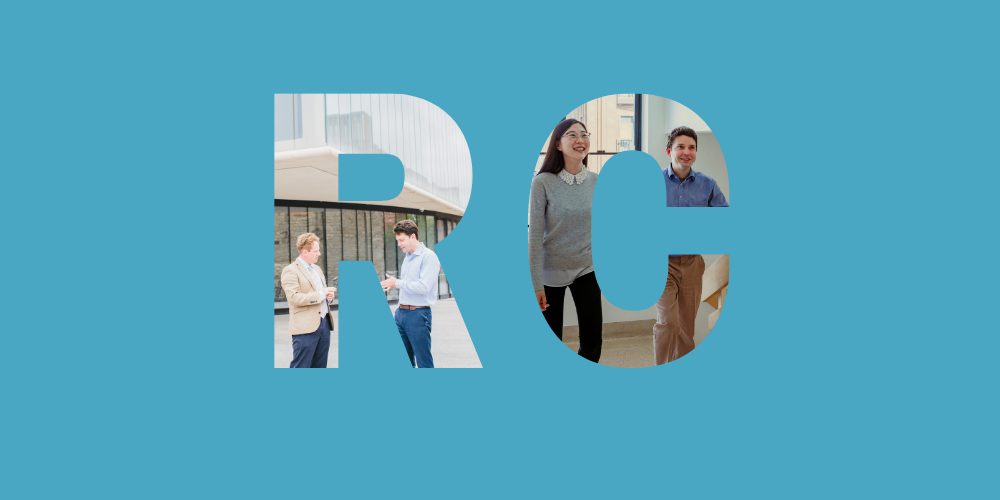R&D Tax Credits
Our chartered accountants specialise in R&D tax credit claims
Don't miss out on
R&D tax credits.
We'll ensure you've
claimed the maximum.
We take a proactive approach
when working with Biotechs,
especially when it comes to
their R&D tax credits claim.
Research and Development (R&D) tax credits are a lucrative tax relief opportunity for businesses who invest in innovating processes, products, services, or solutions. Where a company is spending money on development and must overcome technological uncertainties, they are likely to be eligible to claim tax relief back on the money spent. The tax relief will be received as either a reduction on the corporation tax bill, cash credit if the company is loss-making, or a combination of the two.
Claiming R&D tax credits is complicated and requires knowledge and understanding of who and what will qualify, as well as knowing how to make a successful claim. However, our specialist R&D tax credit team will be able to:
- Give you clarification on your eligibility and help you select the most appropriate scheme (SME R&D Tax Credits or Research and Development Expenditure Credit (RDEC))
- Offer advice on how to maximise an R&D claim as well as help you define parameters of your R&D projects
- Support you on an Advance Assurance application where applicable
- Help you write a comprehensive claim application, including technical narrative, as well as provide necessary tax calculations
- Guide you strategically on how to use other available government grants suitable for your business
R&D Tax Credits Expertise

Get in touch
Frequently Asked Questions
Recent Tax Guides

What are the 2023 R&D tax credits changes?

The difference between SME R&D Tax Credits vs RDEC
